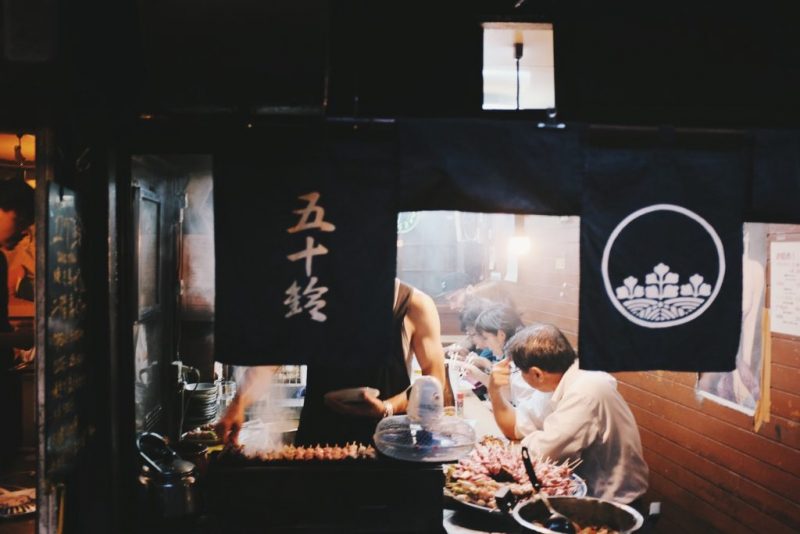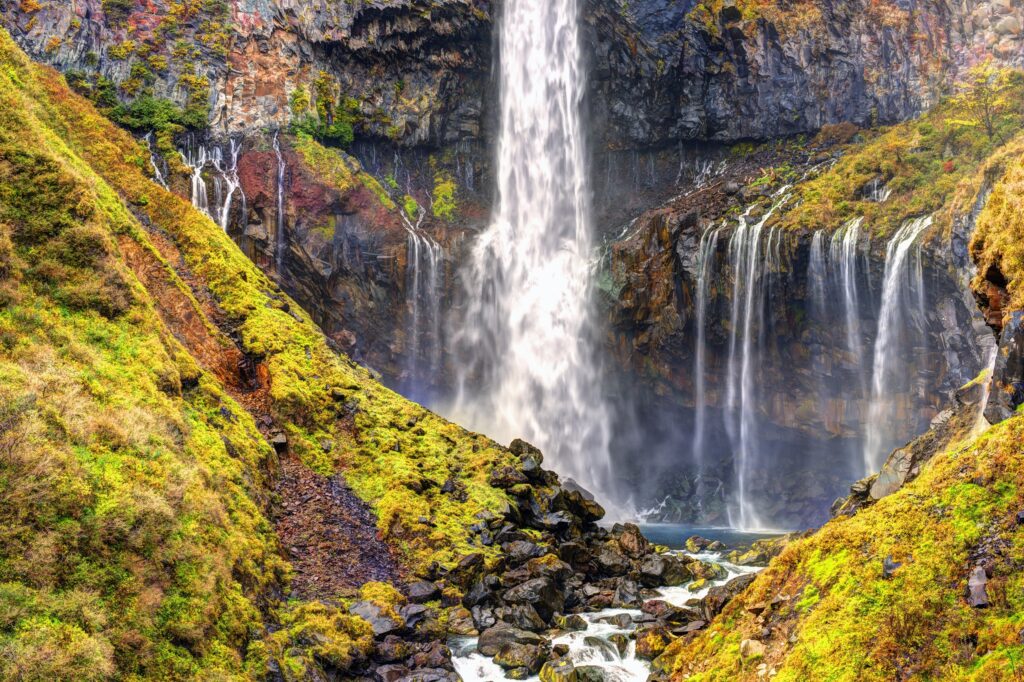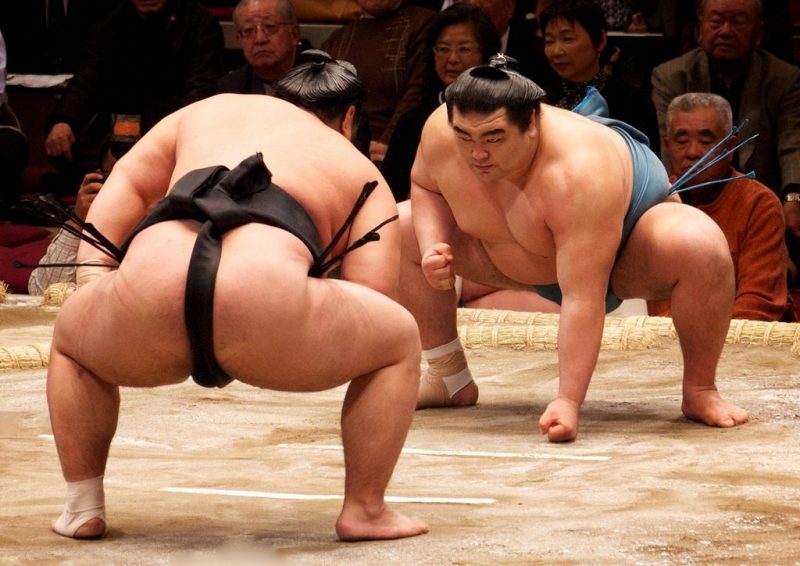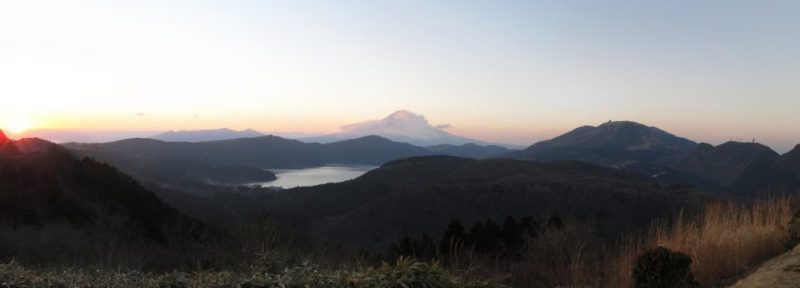If you happen to have more than one week in Japan then you will have the opportunity to venture beyond Japan’s famous cities and discover its natural beauty and rural charm. Beginning in Tokyo, this 11 days in Japan itinerary will combine buzzing city life with idyllic spa experiences, shrines, temples, and more.
Day 1

With hundreds of international flights each day, Tokyo is the best place to begin your Japanese adventure. As soon as you arrive in Tokyo, it’ll be time to start exploring. The first stop on your itinerary should be Sensoji; the oldest temple in Tokyo. This historical site is an important Buddhist temple that is home to a shrine of the Goddess Kannon. Around the temple grounds is a medium-sized market that sells a range of authentic souvenirs and tasty food that is ideal for a quick bite to eat.
If you have a head for heights then Tokyo Skytree is a good option. Located just a short stroll from Sensoji, Tokyo Skytree is a broadcasting tower that is 634 meters high. The tower boasts an impressive viewing deck and offers fabulous views of the entire city. Spend the evening relaxing on a delicious ramen soup tour before heading back to your hotel for some well-needed rest.
Day 2
This will be your only full day in Tokyo so use it well. Wake up nice and early and head to the world-renowned Tsukiji Fish Market where the best catches of the day are supplied to Tokyo’s finest seafood and sushi restaurants. The market itself holds around 900 stalls each selling their freshest cuts of both popular and more exotic specimens.
Perhaps one of the biggest pulls to the market is the Tuna Auction, where restaurant owners shout and barter for the best tuna deals. The auction only permits a limited number of the public inside and the first batch is invited in at 3:30 in the morning. If that sounds too early for you then the market opens to the general public at around 9:00 in the morning. After taking a look into the market, do as the locals do and enjoy a deliciously fresh sushi breakfast at one of the surrounding restaurants. (Important to note that as of September 15, 2018, the auctions will not be open to the public anymore in the old location).
For an insight into samurai history that doesn’t involve crowds of tourists, take a trip to Sengakuji Temple. This temple is the burial site for the 47 Ronin, a significant historical legend in Japan. Visitors are invited to light incense and place them on the gravestones of the samurai as a sign of respect.
Next, it’ll be time to explore the quirky district of Harajuku. If you wish to experience Tokyo’s renowned fashion subcultures then Harajuku is the place. Here you will find a range of weird and wonderful shops selling a variety of quirky outfits and accessories. The area is renowned as Tokyo’s very own trend-setting capital with iconic styles such as Lolita and Rockability Boys. With a vibrant café culture too, an afternoon in Harajuku is certainly never boring.

Evening
Wherever you find yourself in Tokyo in the evening, you are guaranteed to come across fine cuisine and karaoke bars. A favorite Japanese pastime is to party the night away with friends whilst singing along to your favorite tunes at a karaoke joint in Shibuya.
Alternatively, the elegant Ginza district offers a variety of hip and high-end karaoke bars with rooms for all group sizes. Even if you happen to be a little shy, a karaoke bar really is the best way to spend your final evening in Tokyo.
Day 3
Spend an incredible day venturing out from Tokyo to nearby Nikko with our Nikko, Toshogu Shrine, Kegon Waterfall & Lake Chuzenji Tour – From Tokyo. A city filled with natural beauty, it’s the perfect day for nature and culture enthusiasts. Starting with an early morning pickup, you’ll head to Nikko in a comfortable vehicle, arriving at the Nikko Toshogu Shrine with its famous Three Wise Monkeys. Admire the 70-stone Jizo Statues before continuing to the picturesque Kegon Falls where you can enjoy a peaceful walk around Lake Chuzenji. As you explore these sites, your guide will explain their significance and meaning, giving them a deeper meaning. Return to Tokyo with the tour vehicle and spend the night in Tokyo.

Day 4
Morning
Before enjoying a great Tokyo breakfast, wake up early and watch some sumo wrestlers in training. Sumo wrestling is a hugely popular sport in Japan and if you have the opportunity to experience it, you should certainly take it. Sumo training sessions offer the chance to watch the wrestlers do what they do best. There are around 45 sumo stables in Tokyo where the wrestlers live and train every morning.
One way to view a session is to head to Arashio-beya stable where visitors can witness the training by looking through the large windows located on the street. The practice begins at 7:30 in the morning and usually lasts for around three hours. The windows can get crowded so try to arrive early. The nearest station is Hamacho Station on the Toei Subway Shinjuku Line.
Alternatively, if you want to get up and close to the action, actually enter the stables and watch a sumo wrestling practice from the seats within. As this often requires prior coordination with the stable, the easiest way to attend a practice is through a guided tour. Our Morning Sumo Experience in Tokyo will take you right into the center of the arena, giving you the chance to learn all about the popular sport and its participants.

Afternoon
Far in Tokyo’s distance lies the iconic Mount Fuji. Through ancient Japanese art and history, this mountain has been recorded for centuries for its beauty and geographic importance. In order to get closer to this 3776-meter summit, the best option is to depart Shinjuku Station in Tokyo and take the Odakyu Railway train to the beautiful spa town of Hakone. This is the quickest rail option and the journey takes just under 90 minutes and costs 2080 Yen (19 USD).
Upon arriving in Hakone, it’ll be time to unwind from the hustle and bustle of Tokyo. Hakone has plenty of ways to catch a glimpse of Mount Fuji including a cable car, a funicular ride, or a gentle boat trip across a scenic Lake Ashi. Hakone is also home to the Pola Museum of Art and Hakone Open-Air Museum which is home to a fascinating collection of sculptures. For hiking enthusiasts, Fuji-Hakone-Izu National Park offers picturesque walking trails to get even closer to the renowned dormant volcano.
Evening
As the day-trippers head back to the city, the evening in Hakone becomes far more relaxed, and on a clear evening it is possible to relax beside the lake and see Mount Fuji glimmering beneath the stars. This is also a wonderful time to experience an onsen. An onsen is a traditional hot spring bath that offers relaxation and rejuvenation.
There is an array of onsen in Hakone and visitors can choose from both indoor and outdoor spas. The best option is to choose an outdoor onsen for its beautiful natural backdrop. There are also opportunities for firefly viewing in the evening for a truly romantic experience.

Day 5
Spend another day in Hakone and venture further afield in the Fuji-Hakone-Izu National Park. Hiking enthusiasts will love this park which provides picturesque walking trails and offers the chance to get even closer to the renowned dormant volcano.
Day 6-9
Morning
Spend the morning exploring the rest of Hakone before taking a three-hour journey to the historic city of Kyoto. Kyoto was once the capital city of Japan and is home to over 1000 temples. This ancient city is one of the only destinations where geisha are still training and working today and visitors flock to Kyoto to get a taste of a more authentic Japanese experience. In spring, the city becomes extremely busy as the cherry trees reach full bloom and provide a magnificent display.
As there are so many things to see and do in Kyoto it is really difficult to know where to begin. One of the most popular temples in the city is Kinkaku-ji, a golden temple set in an idyllic forested location. Nijo Castle and Ginkaku-ji temple are also noteworthy sites. Fushimi Inari Taisha is a Shinto Shrine with a winding outdoor staircase that is covered by hundreds of red gates.
For those who wish to get closer to nature, Arashiyama is a beautiful parkland with an incredible bamboo forest and a monkey park where visitors can get up close with Japan’s beloved Macaque monkeys.

The ancient district of Gion is where geisha still live and operate. Here there are charming boutique shops, nearby temples, and charismatic winding pathways. Visitors can find beautiful antiques, delicious authentic dinners, and geisha performances at certain times of the year. For a truly unique experience, take part in a geisha dinner which usually consists of an apprentice geisha who will serve delicious food and perform traditional Japanese songs, dances, and poetry.
As Kyoto prides itself in preserving ancient art forms, take part in a traditional tea ceremony. Here you will learn all about this beautiful ritual and will receive guidance on how to prepare a matcha tea using ancient methods l. Other activities that visitors can take part in are cooking classes and Buddhist meditation sessions.
Day 10
It only takes one hour by train to get from Kyoto to Nara. Nara was Japan’s first capital city and is home to eight UNESCO World Heritage Sites. Although it is still a popular destination, Nara boasts a more relaxed ambiance than Kyoto and is a perfect day trip or stopover.
Todai-ji Temple is perhaps the city’s most famous site. The temple itself is said to be the home of the Great Buddha and a large statue of Buddha resides here. The statue is worshipped by locals across the country and the temple is known for its spiritual significance in Buddhism. Another important spiritual site in Nara is Kasuga-Taisha Shrine which boasts beautiful gardens and idyllic forested pathways.

Nara also has many gardens and is famed for a large number of deer who wander around the city’s parks and shrines. The deer in Nara are very comfortable with people and will often bow their heads in the hope of receiving some food. Nara is a pleasant place to stay and can be explored within a day or two. We recommend joining our half-day day tour to Nara from Kyoto and returning to spend the night in Kyoto.
Day 11
The train trip back from Kyoto to Tokyo takes approximately two hours. Upon arriving back in Tokyo, it’ll be time to conclude your trip with a return flight home.
The Japan Golden Route is a highly favored itinerary for first-time travelers to Japan. Encompassing the nation’s most renowned destinations, it offers a convenient way to discover the country’s highlights. If you have only one week to spend in Japan, our 7-day Japan Golden Route Express Tour Package is the ideal choice. This package swiftly guides you through a slightly more condensed version of the famous route, providing an overview of its main attractions. Alternatively, if you can afford more time, consider our 12-day, 13-day, 14-day or 16 Day Golden Route Tour Package to complete the entire Golden Route with ease and luxury.















